EDIT / Wrong Planchet error ? ........1909 Lincoln Proof Die pr. 2 ??,,,, Die Cracked Obverse.
Reading an older thread by BWRC about discovery of pr.2 for 1909 PF.
Most of the pictures are gone from the thread...
Found the Ron Guth (Coinfacts article) and the T E on the reverse and several other diagnostics seem present.
Is this PMD along with a die crack on the Obverse ?? or did this all happen when the coin was struck and
the die broke, it looks as minted to me.
Opine please...Thank you.
13 Pictures.

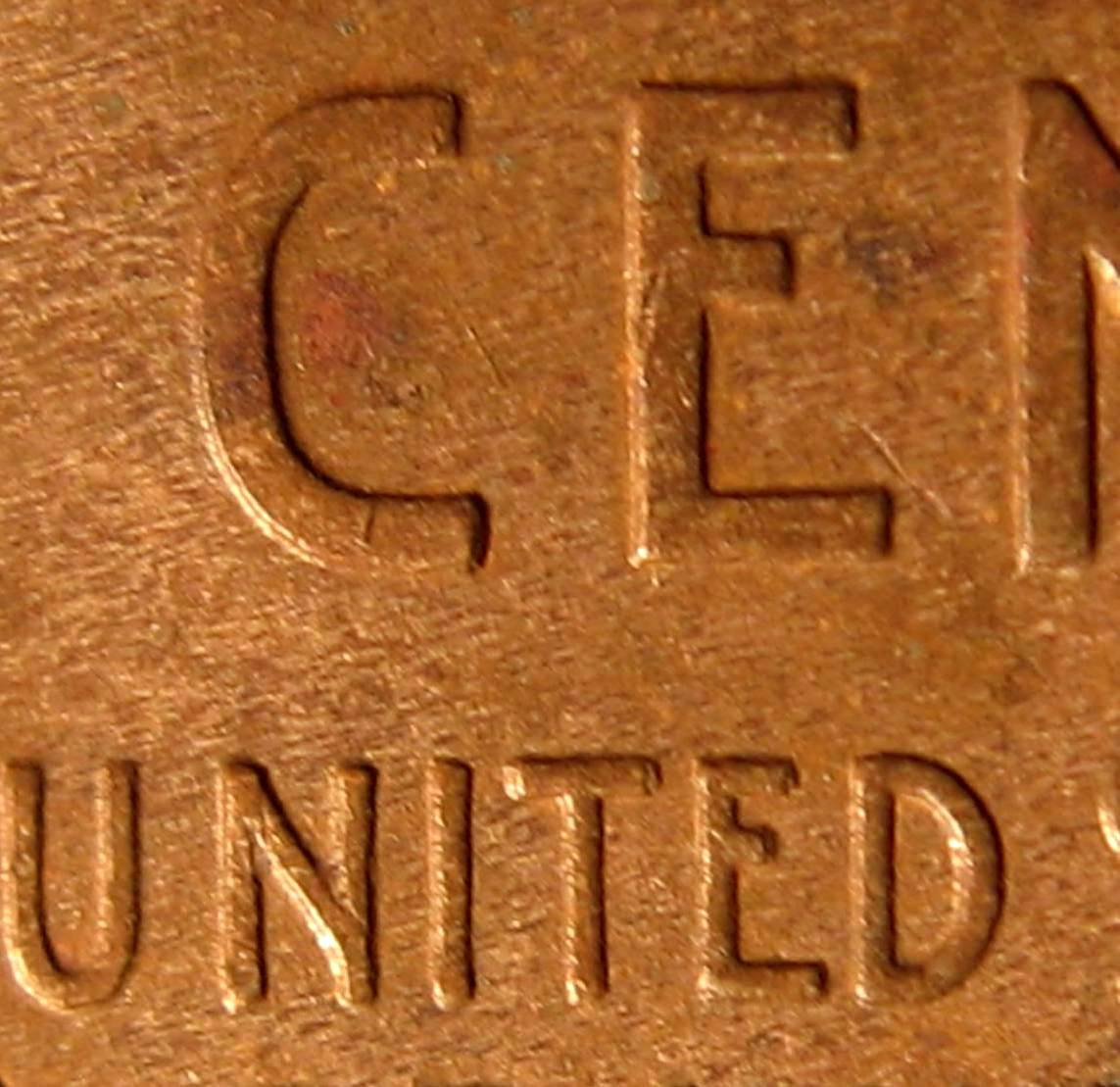
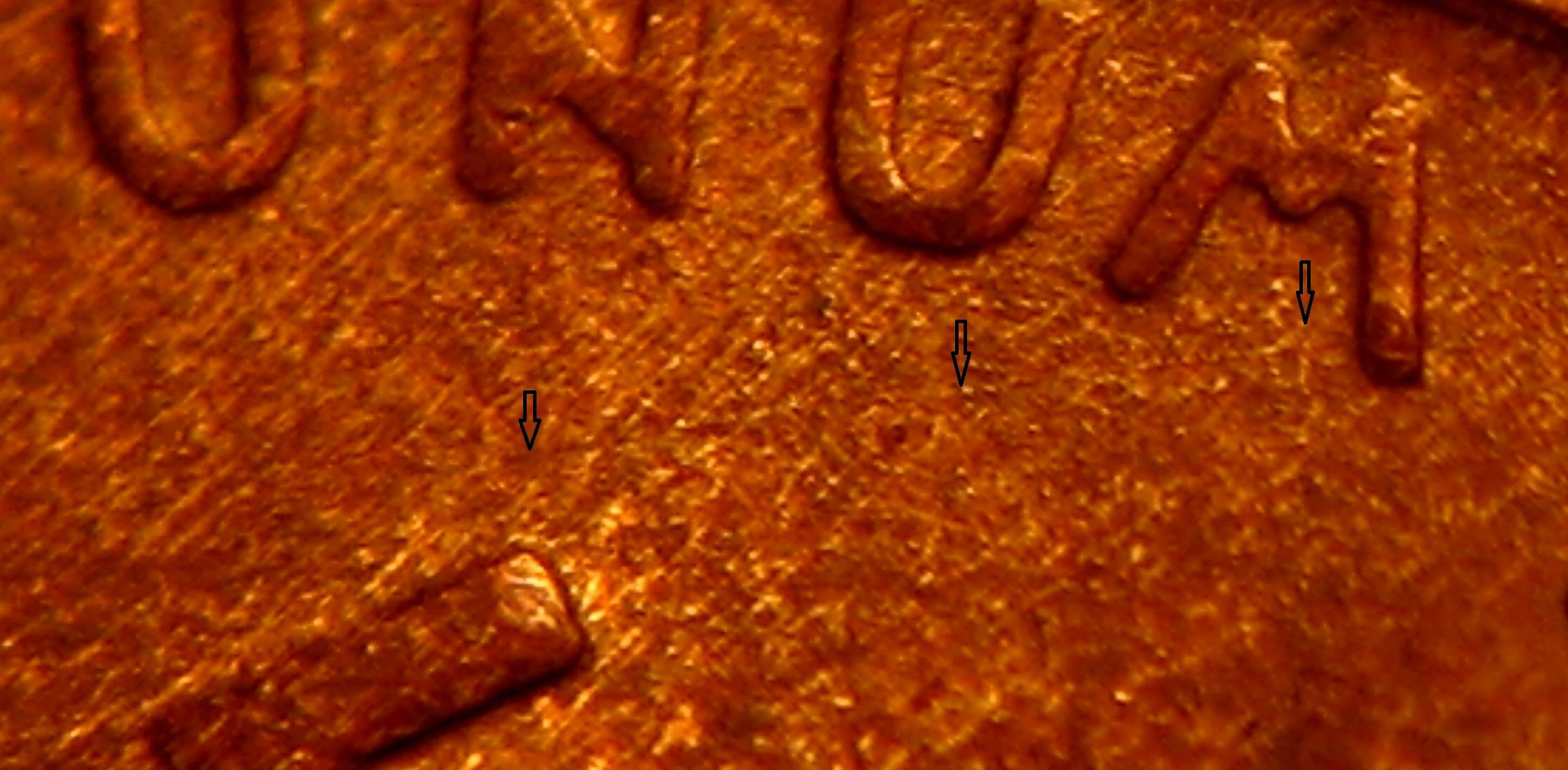
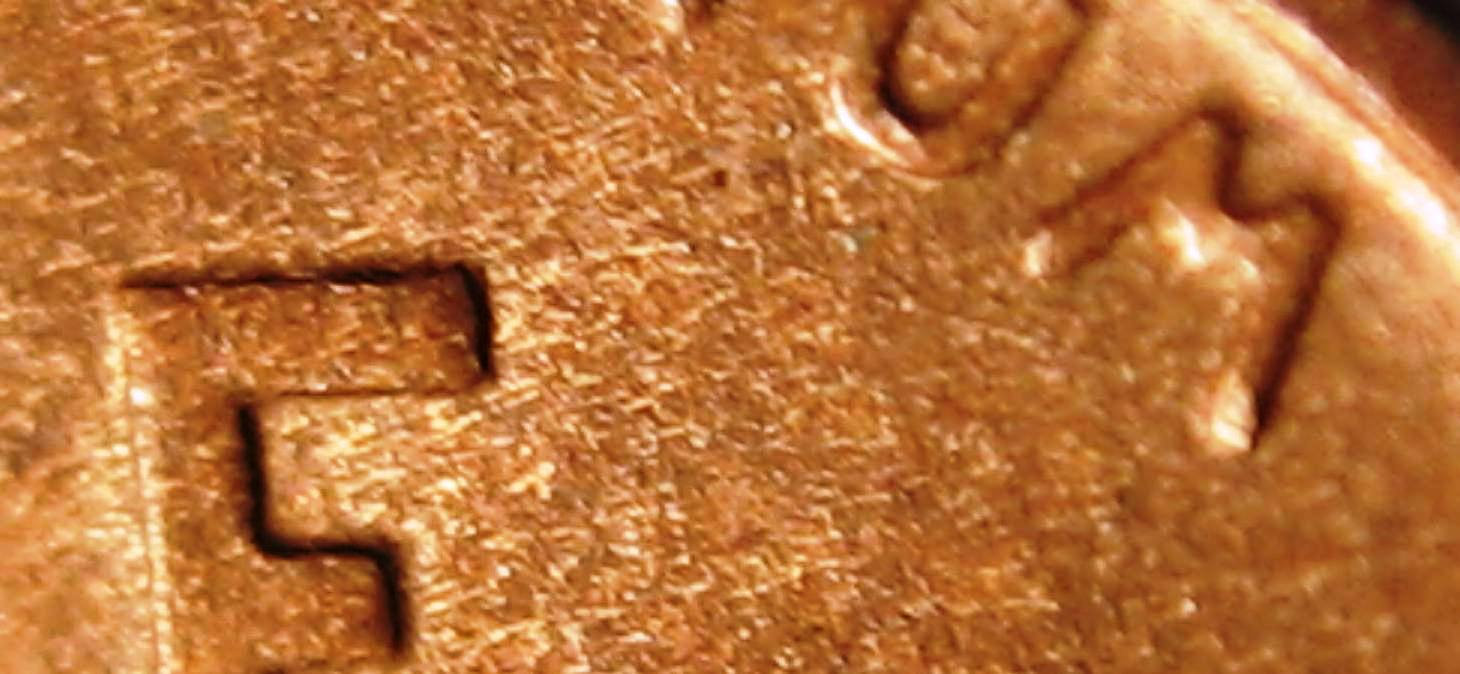
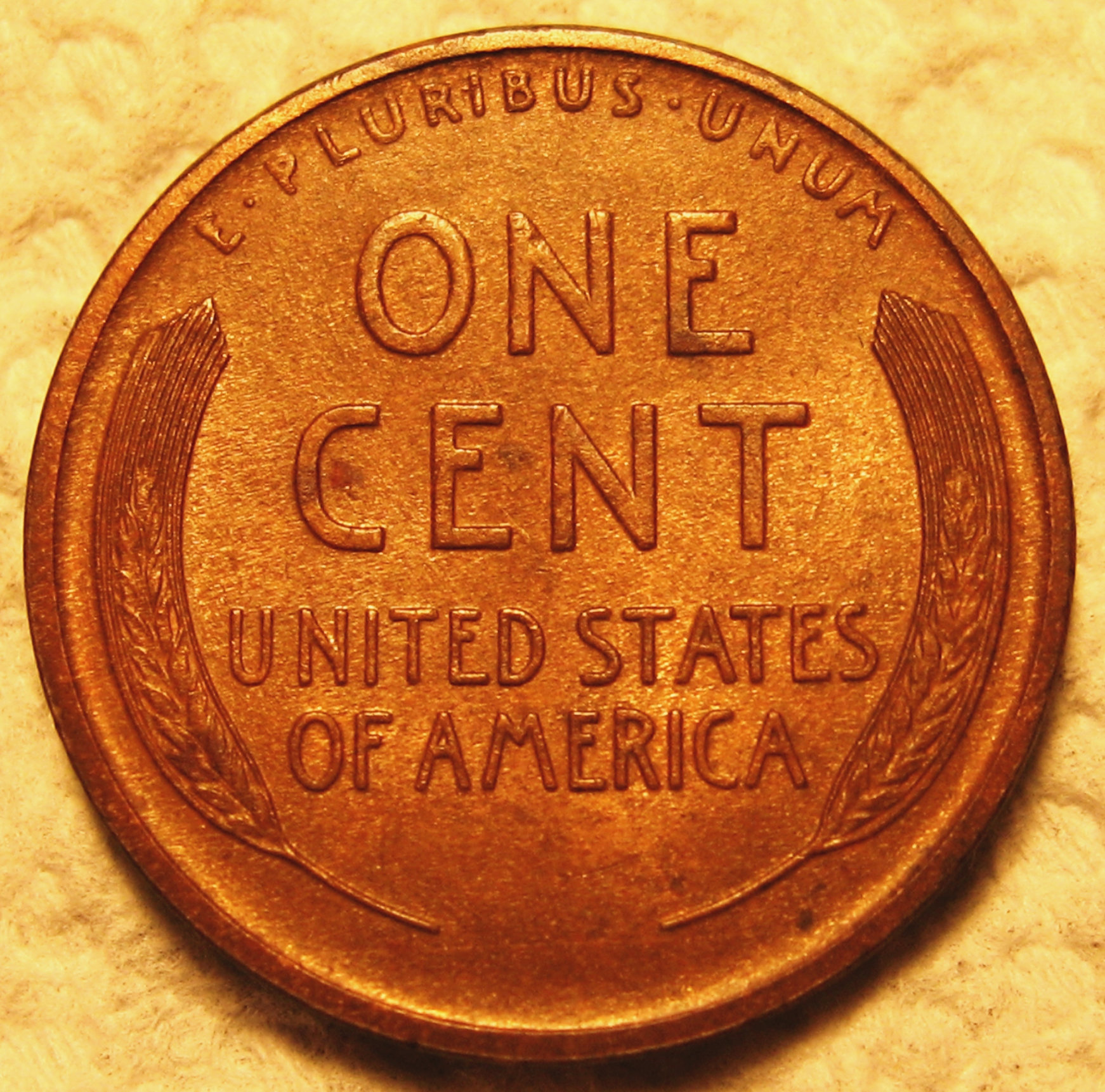
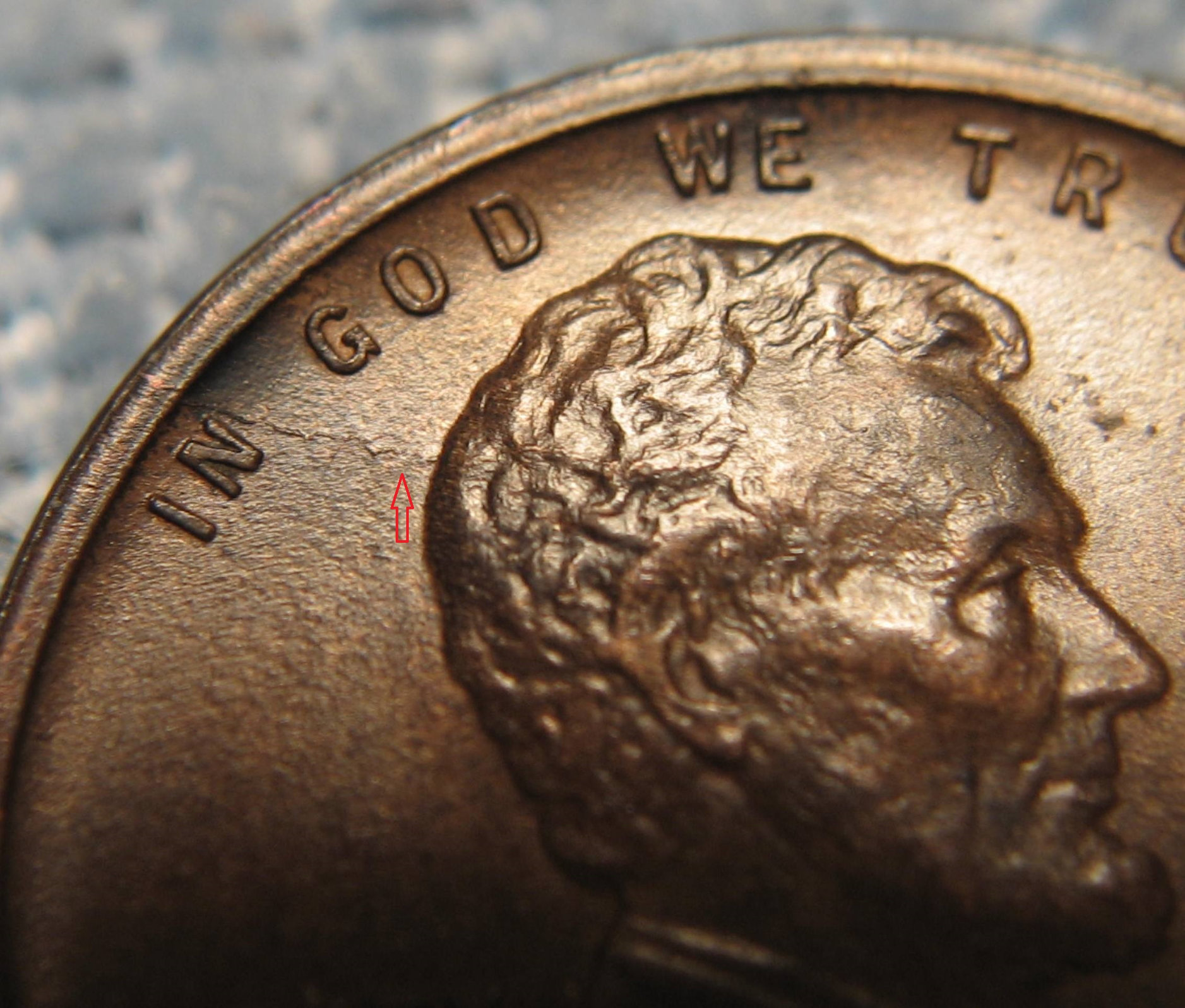
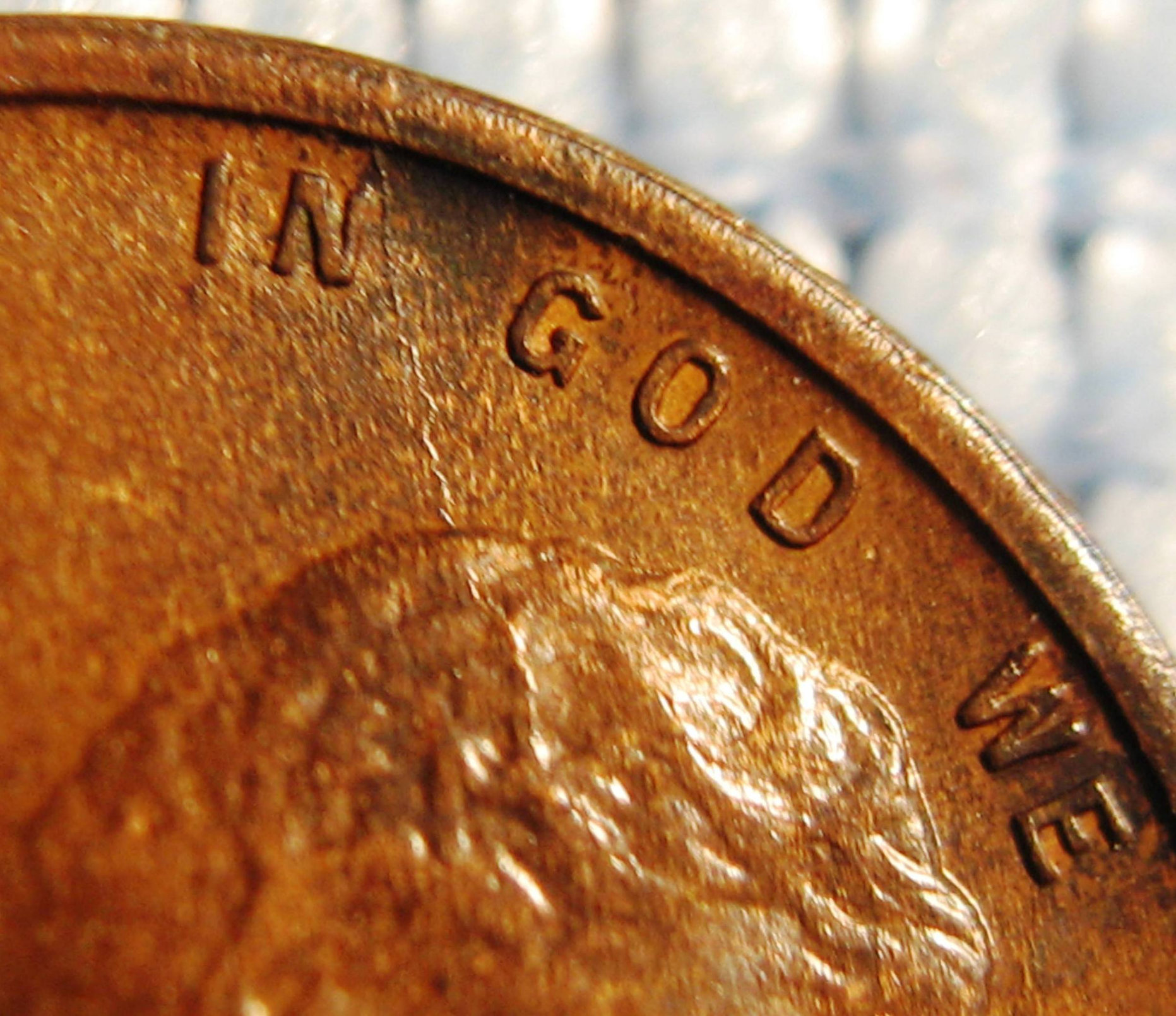
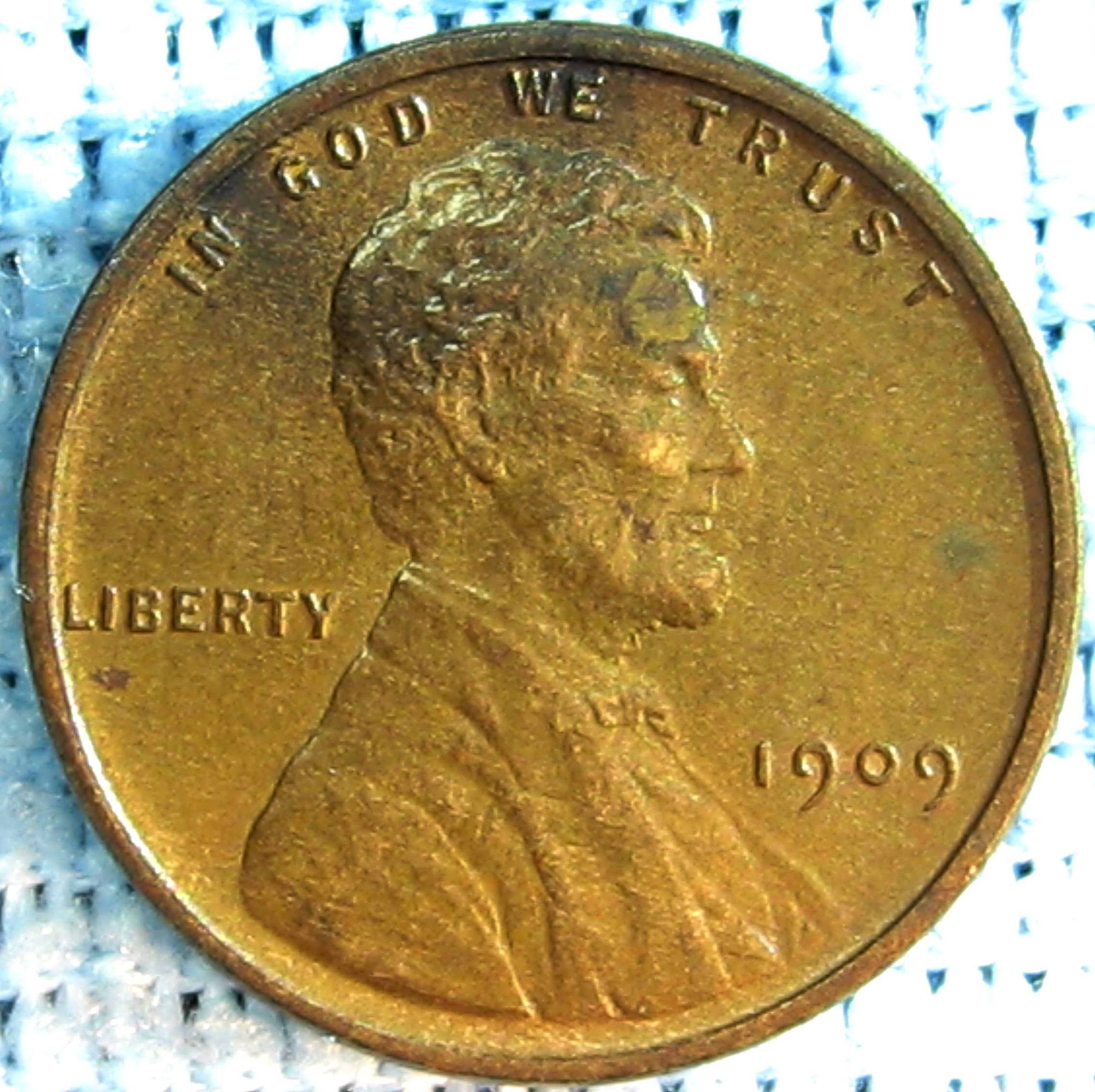
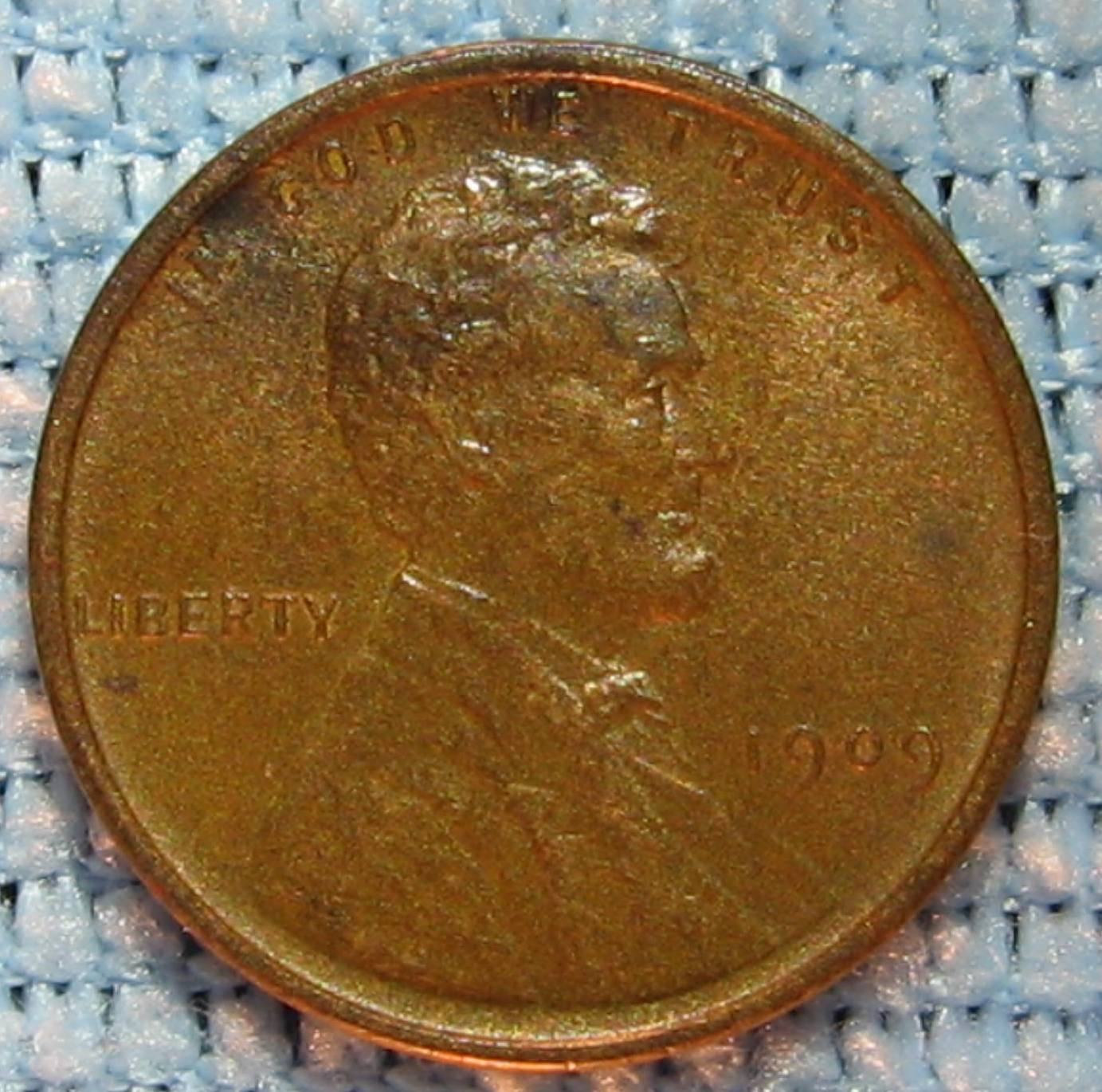
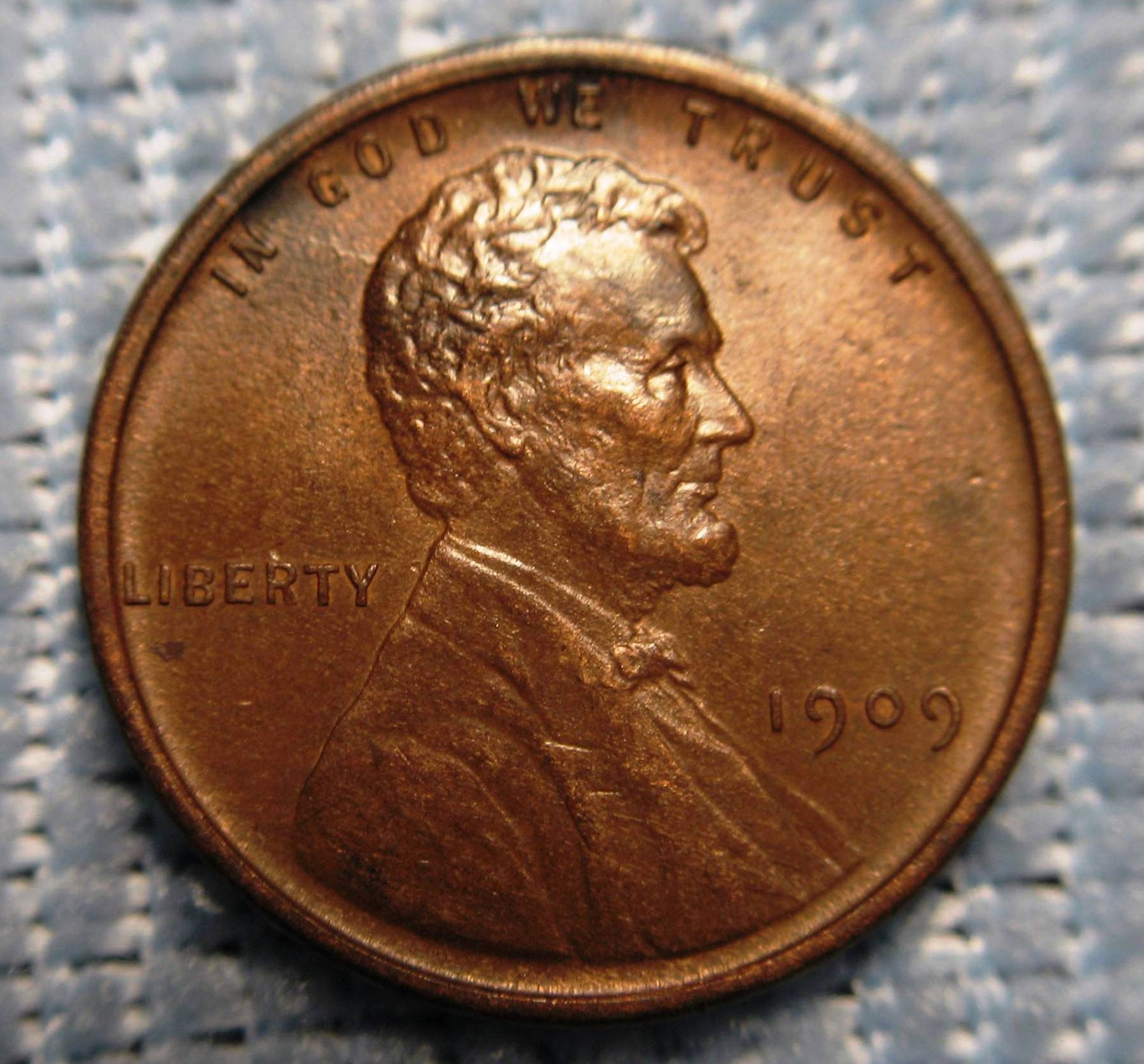
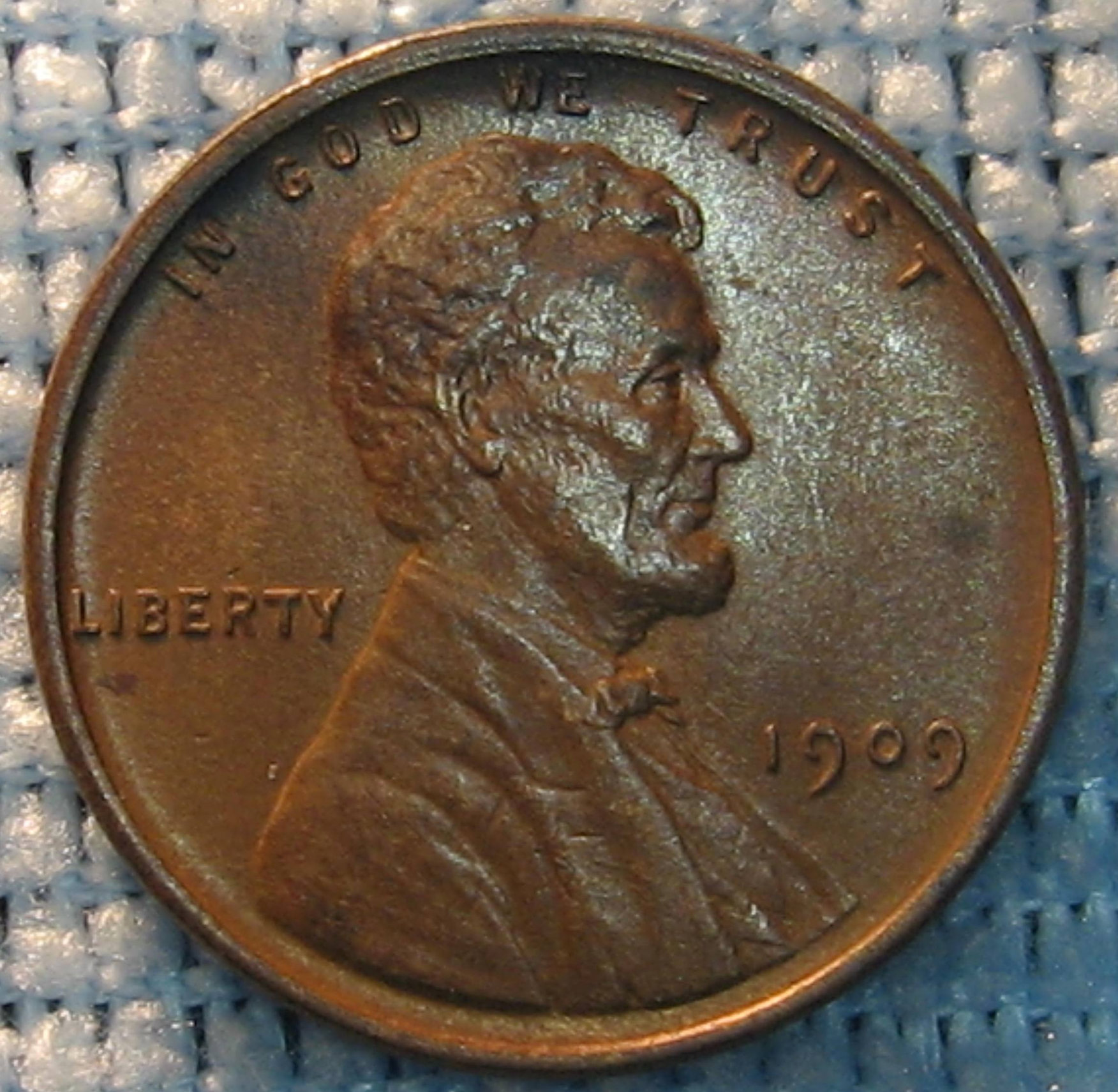

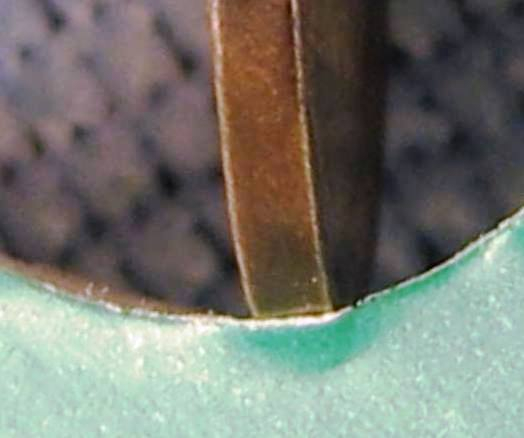
R.I.P Son 1986>2020
0
Comments
Never saw one with that Die break. I'll look in my stuff. The line from the "M" and inside the "C" are on most coins.
Great pictures..... and interesting die break.... Will let the experts call this one... Cheers, RickO
Never seen that die break on the obverse. But what are the die diagnostics for the obverse die? Was die one or two used? But I dont think it is a Proof also.
Is it possible one side was struck with a proof die? I've had a couple of 1916's with obverse markers but was clearly a business strike.
Check out my iPhone app SlabReader!
The coin is not a Proof. Sorry.
link....Bottom of the page, is what I was using for a reference, cant seem to find any pictures for references.
I am going to look at my Leonard Albrecht pamphlet, for possible diagnostics and study of things.
Again the "T E" is what caught my eye........It would be a "rejected" PF..... IF..... it was being struck as such.
http://www.pcgscoinfacts.com/Coin/Detail/3303
R.I.P Son 1986>2020
Sorry it took so long to get back. Here are the die diagnostics for the 1909 MPL cent obverse dies. #1 Obverse die. A single die line behind Lincoln's coat going towards the R in LIBERTY. Die line are on, under and in front of Lincoln's nose. #2 Obverse die. Several small die lines in the field below the second T of TRUST. A die line can be seen between GO of GOD and inside the O of GOD, also. Several small vertical die lines to the left of IN (these line are very light).
Hope these diagnostics helps you . Carl
Here are diagnostic photos of Obverse die #1 that FunwithMPL was referring to.
Sorry, don't have photos for die #2.
Line behind coat.
Lines under and in front of Lincoln's nose.
- Bob -

MPL's - Lincolns of Color
Central Valley Roosevelts
@Rosco I just saw a 1909 1c with the same characteristics as on the reverse of the coin you posted. Different obverse. Sure looked like a proof BUT it did not match any of the accepted diagnostics. I personally believe that the Proof dies were retired and used - producing "early strikes."
Additionally, some of the "markers" on the reverse die were probably on a working hub as the are on too many 1909 Lincoln cents.
The crack behind the head to the N of In sure looks like a lamination crack,like many of my cents with similar lamination cracks.
Thank you guys for your input !
Here are some more pictures, the nose scratches seem to compare well with Obv. 3 illustrated
in Leonard Albrecht proof pamphlet,
The others are attempts at Obv. 2 possibilities.
Also the crack or lamination across the head.
Proof dies staying in the Medal room only period... and also being used on the pressroom floor has always
been clear as Mud to me, I have read it and heard it both ways. Do we really Know ?
It would seem the Engraver would have accurately logged those events.
R.I.P Son 1986>2020
IMO, this is a die break rather than a lamination. It is raised and squiggly. Laminations are usually straighter.
To these eyes and in comparison to the 100's of lamination cents in my collection it still looks like a lamination crack. The lam. (?) crack looks recessed to me in the field. More evident in the B/W photo. The "crack" on the head does slightly resemble more of a die crack feature. But as it enters the field it goes the lam. route. Could we both be right? Whereas there exists a die crack on the head that merges into a lam. crack by coincidence? My observation only pertains to the field crack. Be it lam. or die crack. Would like to see it in hand. One way that has always helped me in discerning for a lam. is to run a paper edge over the area every which way. If the paper edge catches the crack and stays stuck,and goes under the edge, it's a lam. Especially with the peeling type. However, the peeling types are much easier to discern w/o this method. If the paper edge rides up/over it's more evident of a die crack/chip. As to your point of lams. being straighter. Yes, for peeling types. But the cracks in my view can be of the "squiggly" type. The numerous lams. I have that are cracks,not peels, are of the "squiggly" type, jagged if you will. Can Fred,Capn. Henway comment?
Could this planchet have been struck multiple times by a larger die before the Lincoln cent ?
My "Pareidolia" has got me ALL over the place, but it seems that another design is on the coin.
The cent is in MS condition....is that an " S " on the forehead ??
I took these picture in "X - Ray " mode on an I - Pad.
R.I.P Son 1986>2020
@BLUEJAYWAY said: "The crack behind the head to the N of In sure looks like a lamination crack,like many of my cents with similar lamination cracks."
@BLUEJAYWAY said: "To these eyes and in comparison to the 100's of lamination cents in my collection it still looks like a lamination crack."
First of all, IMO, it is not safe to "play-the-numbers-game" on a "blind" forum with anyone whose identity you don't know.
@BLUEJAYWAY continued: "The lam. (?) crack looks recessed to me in the field. More evident in the B/W photo. The "crack" on the head does slightly resemble more of a die crack feature. But as it enters the field it goes the lam. route. Could we both be right? Whereas there exists a die crack on the head that merges into a lam. crack by coincidence? My observation only pertains to the field crack. Be it lam. or die crack. Would like to see it in hand. One way that has always helped me in discerning for a lam. is to run a paper edge over the area every which way. If the paper edge catches the crack and stays stuck,and goes under the edge, it's a lam. Especially with the peeling type. However, the peeling types are much easier to discern w/o this method. If the paper edge rides up/over it's more evident of a die crack/chip. As to your point of lams. being straighter. Yes, for peeling types. But the cracks in my view can be of the "squiggly" type. The numerous lams. I have that are cracks,not peels, are of the "squiggly" type, jagged if you will."
With proper light and magnification (the OP's photos are perfect) it should be very easy to tell the difference, especially for someone who has collected/studied 100's of laminations on cents.
BTW, I like your "tip" with the paper; however I have never needed to use it EXCEPT to clean out debris under the SPLIT SURFACE of the lamination.